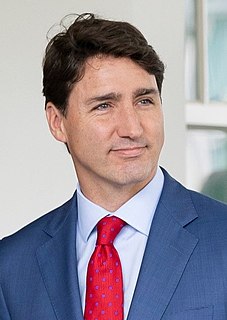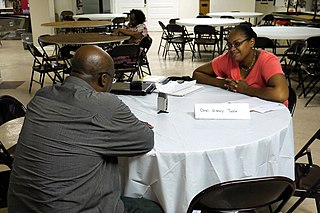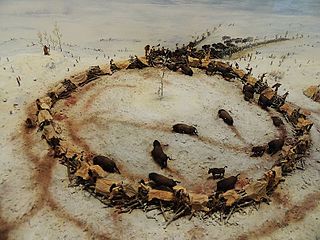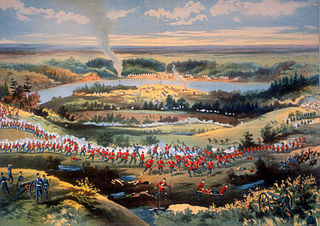
The North-West Rebellion of 1885 was a rebellion by the Métis people under Louis Riel and an associated uprising by First Nations Cree and Assiniboine of the District of Saskatchewan against the government of Canada. Many Métis felt Canada was not protecting their rights, their land and their survival as a distinct people. Riel had been invited to lead the movement of protest. He turned it into a military action with a heavily religious tone. This alienated Catholic clergy, whites, most Indigenous tribes and some Métis. But he had the allegiance of a couple hundred armed Métis, a smaller number of other Indigenous warriors and at least one white man at Batoche in May 1885, confronting 900 Canadian militia plus some armed local residents. About 91 people would die in the fighting that occurred that spring, before the rebellion's collapse.

Events from the year 1886 in Canada.

The Battle of Cut Knife, fought on May 2, 1885, occurred when a flying column of mounted police, militia, and Canadian army regular army units attacked a Cree and Assiniboine teepee settlement near Battleford, Saskatchewan. First Nations fighters forced the Canadian forces to retreat, with losses on both sides.

Big Bear, also known as Mistahi-maskwa, was a powerful and popular Cree chief who played many pivotal roles in Canadian history. He was appointed to chief of his band at the age of 40 upon the death of his father, Black Powder, under his father's harmonious and inclusive rule which directly impacted his own leadership. Big Bear is most notable for his involvement in Treaty Six; he was one of the few chief leaders who objected to the signing of the treaty with the Canadian government. He felt that signing the treaty would ultimately have devastating effects on his tribe as well as other Aboriginal tribes. This included losing the free nomadic lifestyle that his tribe and others were accustomed to. Big Bear also took part in one of the last major battles between the Cree and the Blackfoot tribe. He was one of the leaders to lead his people against the last, largest battle on the Canadian Plains.
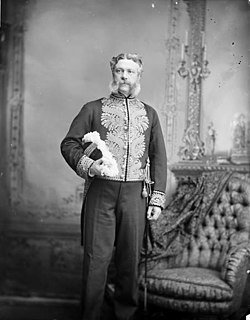
Edgar Dewdney, was a Canadian surveyor, road builder, Indian commissioner and politician born in Devonshire, England. He emigrated to British Columbia in 1859 in order to act as surveyor for the Dewdney Trail that runs through the province. In 1870, Dewdney decided to take up a role in Canadian government. In this year, he was elected to the Legislative Council of British Columbia as a representative form the Kootenay region. In 1872, he was elected as a member of Federal Government for the Yale region representing the Conservative party. He was reelected to this position in 1874 and again in 1878. Dewdney served as Lieutenant Governor of the North-West Territories from 1879 to 1888, and the fifth Lieutenant-Governor of British Columbia from 1892 to 1897. Additionally, he served as the Indian commissioner in the North-West Territories from 1879 until 1888. In 1897, Dewdney retired from politics and began working as a financial agent until his death in 1916.

Albert Lacombe, commonly known in Alberta simply as Father Lacombe, was a French-Canadian Roman Catholic missionary who traveled among and evangelized the Cree and also visited the Blackfoot First Nations of northwestern Canada. He is now remembered for having brokered a peace between the Cree and Blackfoot, negotiating construction of the Canadian Pacific Railway through Blackfoot territory, and securing a promise from the Blackfoot leader Crowfoot to refrain from joining the North-West Rebellion of 1885.
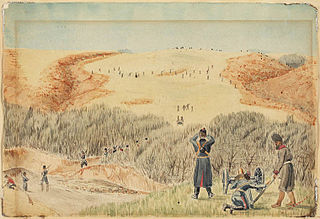
Cut Knife is a town located in the Canadian province of Saskatchewan on Highway 40, northwest of Saskatoon and 55 km west of North Battleford. The population of Cut Knife in 2011 was 517.
John Baptiste Tootoosis was a prominent Cree First Nations leader in Canada. He is the grandson of Yellow Mud Blanket, the brother of legendary Cree leader Pitikwahanapiwiyin, also known as Poundmaker.
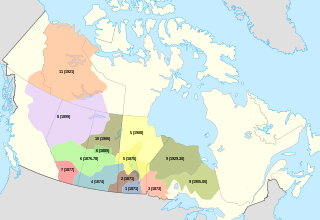
Wandering Spirit was a Cree war chief of a band of Plains Cree. There is little information on Wandering Spirit's life. Most of what is known begins shortly before the 1885 Frog Lake Massacre and ends with his execution at the hands of the Canadian government. However, there is some information regarding his role within the Plains Cree people.
The Battle of the Belly River was the last major conflict between the Cree and the Blackfoot Confederacy, and the last major battle between First Nations on Canadian soil.
Highway 40 is a highway in the northwest portion of the Canadian province of Saskatchewan connecting Alberta to Highway 3, 4 km (2.5 mi) west of Shellbrook, Saskatchewan. Areas of this highway between the Alberta border and North Battleford are called the Poundmaker Trail. Pitikwahanapiwiyin, commonly known as Poundmaker, was a Plains Cree chief known as a peacemaker and defender of his people. The main feature along this highway is access between North Battleford and near Prince Albert. This is a primary Saskatchewan highway maintained by the provincial government. All of this highway is paved.

The Looting of Battleford began at the end of March, 1885, during the North-West Rebellion, in the town of Battleford, Saskatchewan, then a part of the Northwest Territories.
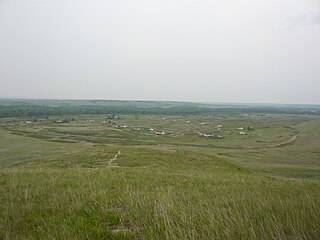
Blackfoot Crossing Historical Park is a complex of historic sites on the Siksika 146 Indian reserve in Alberta, Canada. This crossing of the Bow River was traditionally a bison-hunting and gathering place for the Siksika people and their allies in the Blackfoot Confederacy. Nearby are the remains of an ancient earthlodge village, believed to have been built by people from the Upper Mississippi valley in what is now the United States. It is unique in being an example of a permanent village on the plains: an area associated with nomadic hunting. The crossing became an important place in Canadian history when Treaty 7 was signed here between the native nations of what is now southern Alberta and the Canadian government on behalf of the Crown in 1877. It was also here that Crowfoot, chief of the Siksika, is believed to have died and been buried. As well, Poundmaker, a chief of the Cree who had been ceremonially adopted by Crowfoot in order to create peace between the Blackfoot and the Cree, was also buried here until being moved in 1967. In 1925 the traditional gathering site and the treaty signing site were declared National Historic Sites of Canada by the federal government's Historic Sites and Monuments Board of Canada. In 1972, the earthlodge village was also declared a national historic site.
The Iron Confederacy was a political and military alliance of Plains Indians of what is now Western Canada and the northern United States. This confederacy included various individual bands that formed political, hunting and military alliances in defense against common enemies. The ethnic groups that made up the Confederacy were the branches of the Cree that moved onto the Great Plains around 1740, the Saulteaux, the Nakoda or Stoney people also called Pwat or Assiniboine, and the Metis and Iroquois. The Confederacy rose to predominance on the northern Plains during the height of the North American fur trade when they operated as middlemen controlling the flow of European goods, particularly guns and ammunition, to other Indigenous nations, and the flow of furs to the Hudson's Bay Company (HBC) and North West Company (NWC) trading posts. Its peoples later also played a major part in the bison (buffalo) hunt, and the pemmican trade. The decline of the fur trade and the collapse of the bison herds sapped the power of the Confederacy after the 1860s, and it could no longer act as a barrier to U.S. and Canadian expansion.
Sweet Grass was a chief of the Cree in the 1860s and 1870s in western Canada. He worked with other chiefs and bands to participate in raids with enemy tribes. While a chief, Sweet Grass noticed the starvation and economic hardship the Cree were facing. This propelled him to work with the Canadian and eventually sign Treaty Six. Sweet Grass believed that working alongside the government was one of the only solutions to the daily hardship the Cree were faced with. The Sweet Grass Reserve west of Battleford, Saskatchewan was named in his honor and is still functioning today.
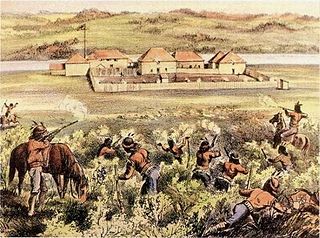
The North-West Mounted Police played a significant role during the North-West Rebellion in Canada in 1885. The North-West Mounted Police (NWMP) suffered early reverses and, although they supported the relief force sent to the region under the command of Major-General Frederick Middleton, their performance was heavily criticised. Commissioner Irvine resigned from his command of the police as a result.
Tyrone Tootoosis was a Plains Cree storyteller, activist, culture keeper and dancer. He was born on May 9, 1958 on the Samson Reserve in Alberta, Canada and raised on the Poundmaker Cree Nation Reserve in Saskatchewan. He was a member of the Tootoosis family and was a descendant of Yellow Mud Blanket, a brother of Pîhtokahanapiwiyin, also known as Chief Poundmaker. His grandfather was John Tootoosis, was an activist for First Nations rights and founder of the Saskatchewan Indian Federation and he was the first born son of Wilfred Tootoosis, a historian and storyteller and Irene B. Tootoosis. He was married to Winona Wheeler, a professor of Indigenous studies at the University of Saskatchewan. Actor Gordon Tootoosis was his uncle.

